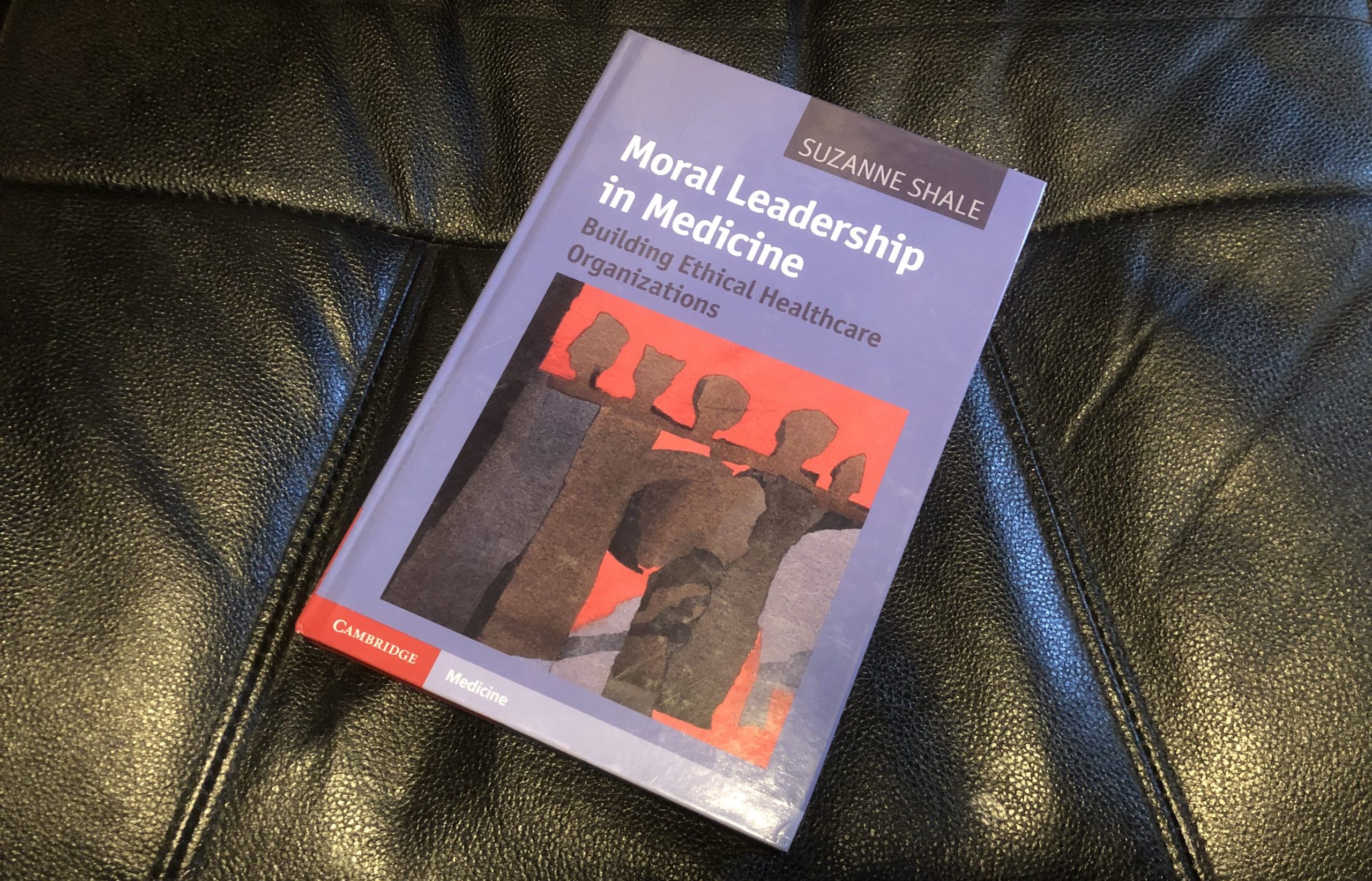Kathryn B Cunningham is a chartered psychologist and Senior Research Fellow in the School of Medicine at the University of St Andrews.
Rayna H Rogowsky is a Lecturer in Nursing at the University of Dundee.
Gozde Ozakinci is Professor of Health Psychology at the University of Stirling.
‘Evaluation plays an important role in generating learning that can be used to improve services … ‘ 1
Social prescribing aims to improve health and wellbeing by connecting individuals with non-clinical, community-based support programmes to address their psychosocial needs, such as loneliness.2 It thus holds potential to reduce pressure on general practice.3
Connections can be made through a direct route (health or social care professional to the programmes) or an indirect route (health or social care professional to a social prescribing professional — usually referred to as ‘link worker’ [the term we use in this article] or ‘community connector’ — to the programmes). Various methods of connection can be used: informal signposting, formal prescription, or formal referral in a direct route, and some combination of these in an indirect route.4
Despite international proliferation of social prescribing schemes, evidence concerning what works, for whom, and in what circumstances is limited.2,5 This is true for both parts of the social prescribing ‘system’:6 1) the community-based programmes for physical and/or mental health and wellbeing improvement; and 2) the processes of connection from health or social care to those community-based programmes.4,6
“Despite international proliferation of social prescribing schemes, evidence concerning what works, for whom, and in what circumstances is limited.”
Development of the evidence base and advancement of the field requires an iterative process of: 1) robust evaluation and evidence synthesis concerning both parts of social prescribing schemes; and 2) application of learning from evaluations and evidence syntheses in the development, refinement, and implementation of social prescribing schemes.
Regarding part 2 of this requirement, our recent realist scoping review4 generated learning concerning the processes of connection in indirect route schemes (those involving link workers).
Our review identified that processes of connection comprise three elements:
1) approach to identifying eligible and willing individuals who would benefit from health and wellbeing improvement;
2) behaviour change strategy aiming to enhance likelihood of individuals undertaking behaviour to improve their health and wellbeing; and
3) method of connecting individuals with a community-based programmes to improve health and wellbeing.
With respect to the third element, our review found that for schemes involving link workers, methods of connection from primary care to community-based programmes involving formal referral or prescription — as opposed to informal signposting — were most effective for ensuring uptake (enrolment for and attendance at first session) of the programme.
This difference in effectiveness between formal and informal methods was not found for direct route schemes (those in which the health or social care professional connects the person with the programme). These findings may be explained by people being more likely to act on informal signposting from a health professional than from a link worker, as health professionals are deemed a more respected and trusted source of lifestyle advice.7 It is possible that the use of a more formal referral or prescription offsets the connection being made by a non-health professional.
We therefore recommend that those developing, refining, and implementing schemes involving a link worker apply this learning in making decisions regarding method(s) of connection to use. We also recommend that an evaluation of the effectiveness of the process of connection is conducted (this can be facilitated by our forthcoming guidance article) and the findings publicised in order to allow others to apply the learning. This will facilitate development of the evidence base and advancement of the field of social prescribing.
Acknowledgements
This article is based on work undertaken in the authors’ NHS Fife Endowment Fund-funded social prescribing study. The authors would like to acknowledge the other main members of the study team: Frank Sullivan (Professor of Primary Care Medicine at the University of St Andrews) and Sharon Carstairs (Lecturer in Health Sciences at the University of Dundee) — without their work this article would not have been possible.
References
1. Simpson DA, Axford N, Mannes J, et al. Insights Brief 3: Evaluation in times of uncertainty: applying learning from COVID-19. 2021. https://youthendowmentfund.org.uk/wp-content/uploads/2021/12/COVID-IB3.pdf (accessed 28 Nov 2022).
2. Morse DF, Sandhu S, Mulligan K, et al. Global developments in social prescribing. BMJ Glob Health 2022; 7(5): e008524.
3. Frostick C, Bertotti M. Social prescribing in general practice. Br J Gen Pract 2019; DOI: https://doi.org/10.3399/bjgp19X706157.
4. Cunningham KB, Rogowsky RH, Carstairs SA, et al. Methods of connecting primary care patients with community-based physical activity opportunities: a realist scoping review. Health Soc Care Community 2021; 29(4): 1169–1199.
5. Munoz S-A, Terje A, Bailey H. Evaluating social prescribing. 2020. https://www.iriss.org.uk/resources/insights/evaluating-social-prescribing (accessed 28 Nov 2022).
6. Husk K, Elston J, Gradinger F, et al. Social prescribing: where is the evidence? Br J Gen Pract 2019; DOI: https://doi.org/10.3399/bjgp19X700325.
7. Craig R, Shelton N. Health survey for England – 2007: Healthy lifestyles: knowledge, attitudes and behaviour. 2008. https://digital.nhs.uk/data-and-information/publications/statistical/health-survey-for-england/health-survey-for-england-2007-healthy-lifestyles-knowledge-attitudes-and-behaviour (accessed 28 Nov 2022).
Featured photo by Hannah Busing on Unsplash.








